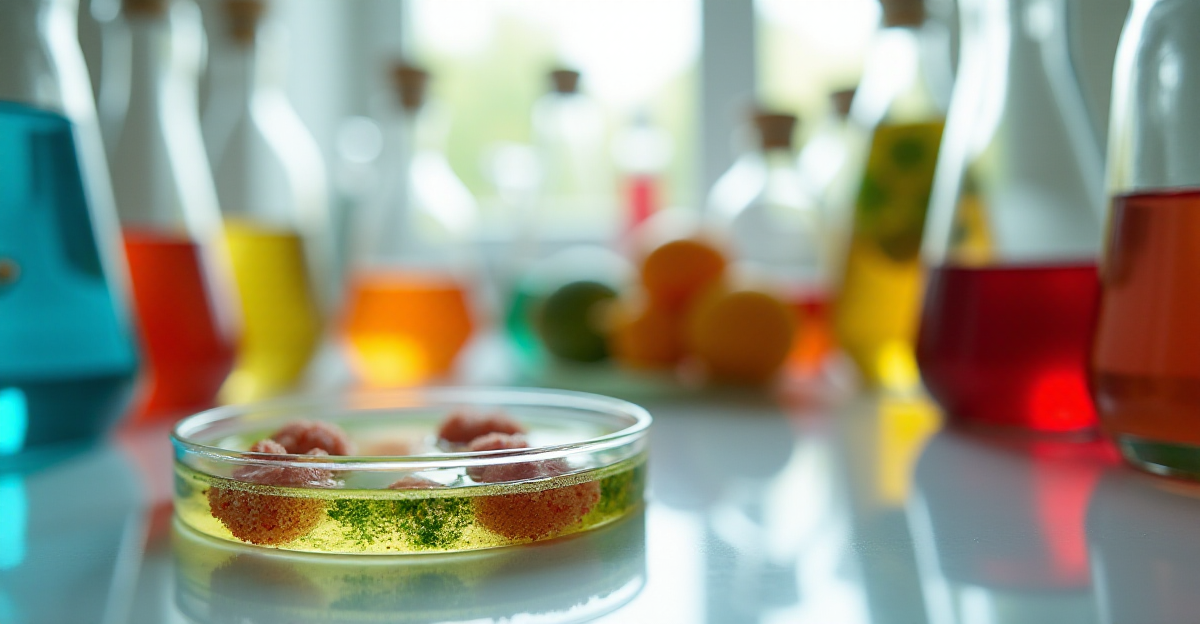Beyond Sweet & Sour: The Mind-Blowing Chemistry of Taste You Didn’t Know

We all believe we know taste: sweet, sour, salted, bitter, and umami. But what if I told you the miracle of chemistry unlocks a new universe of flavors outside these fundamentals? Imagine sinking into a perfectly ripe tomato; the explosion of taste is only the beginning. The actual narrative is found in the intricate dance ...
Read MoreThe Chemistry of Preservation: How Science Keeps Your Food Fresh and Safe

Throughout my career in food chemistry, I’ve investigated the intricate world of chemical preservation methods that keep our food safe and edible. The science of chemical preservation represents a delicate balance between maintaining food quality and ensuring safety. My research in food stability has revealed how different preservation methods work at the molecular level to ...
Read MoreKitchen Chemistry: 10 Mind-Blowing Experiments You Can Do at Home

Over the years of teaching chemistry, I have found that the most effective learning opportunities usually arise right in our own kitchens. This page investigates interesting kitchen chemistry projects that expose the scientific ideas behind daily cooking and housework. Having often led kitchen chemistry experiments with my students, I have witnessed personally how easily available ...
Read More









